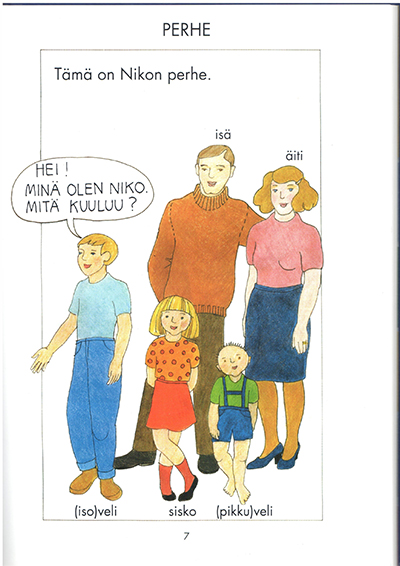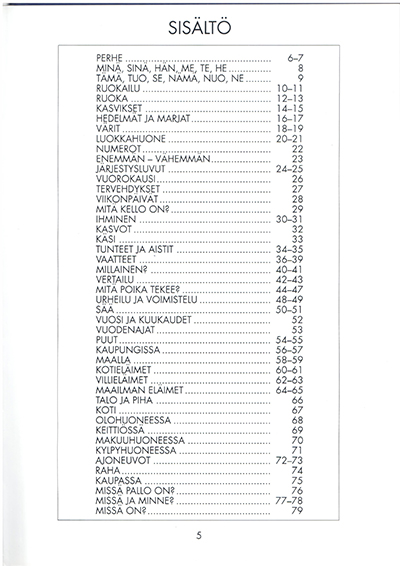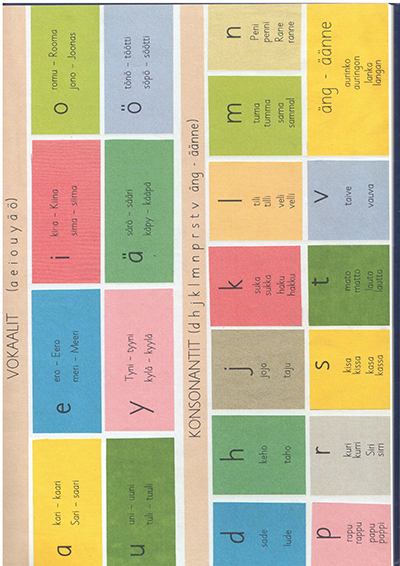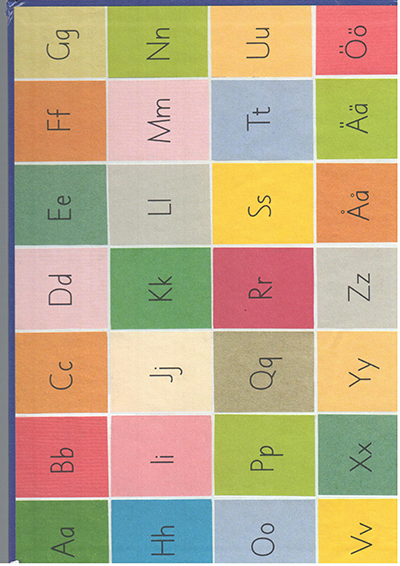| Sorted by date | |||
page198from Nordic Architects Writes
a respectful dialogue with the past, both
distant and immediate. At the same time that the work defends itself as a
unique and complete microcosm, it revives and revitalizes the past. Every true
work of art occupies a thick and layered time instead of mere contemporaneity.
There
is yet another dimension in architectural memory. Architectural images, or
experiences, have a historicity and ontology of their own. Architecture begins
with the establishment of a horizontal plane; consequently, the floor is the “oldest”
and most potent element of architecture. The wall is more archaic than the door
or the window, and projects a deeper meaning as a consequence. Modernity has
suffered from another kind of amnesia as architectural elements and images have
become abstracted and detached from their origins and ontological essences. The
floor, for instance, has forgotten its origin as leveled earth, and turned into
mere constructed horizontal planes. In facts, as Bachelard suggests, human
constructions of the technological age have forgotten verticality altogether,
and turned into mere horizontality. Today’s skyscrapers consist of stacked
horizontality and have lost the sense of verticality, the fundamental
ontological difference between below and above, Hell and Heaven. Also the floor
and the ceiling have become identical horizontal planes. The window and the
door are often mere holes in the wall. I do not have the space here to
elaborate on this theme of the historicity of architectural images and the
current architectural amnesia resulting from the loss of the historicity of
experiences; I merely point at the mental significance of this dimension.
The tenses of art
I venture to suggest that in its very
essence artistic work is oriented towards the past rather than the future. Brodsky
seems to support this view as he argues: “There is something clearly atavistic
in the process of recollection, if only because such as process never is
linear. Also the more one remembers, the closer perhaps one is to dieing.”30
In
any significant experience, temporal layers interact; what is perceived
interacts with what is remembered, the novel short-circuits with the archaic. An
artistic experience always awakes the forgotten child hidden inside one’s adult
persona.
There
are fabricated images in today’s architecture and art that are flat and without
an emotional echo, but there are also novel images that resonate with
remembrance. The latter are mysterious and familiar, obscure and clear, at the
same time. They move us through the remembrances and associations, emotions and
empathy that they awaken in us. Artistic novelty can move us only provided it
touches something that we already possess in our very being. Every profound
artistic work surely grows from memory, not from rootless intellectual invention.
Artistic work aspire to bring us back to an undivided and undifferentiated
oceanic world. This is the Omega that Teilhard de Chardin writes about, “the
point from which the world appears complete and correct”.31
We
are usually conditioned to think that artists and architects ought to be
addressing the future readers, viewers, and users of their products. Joseph
Brodsky is very determined, indeed, about the poet’s temporal perspective: “When
one
|
|||
|
|||
|
|
 ... ...
... ... ... ...
... ... ... ...
... ... ... ...
... ... ... ...
... ... ... ...
... ... ... ...
... ... ... ...
... ... ... ...
... ... ... ...
... ... ... ...
... ... ... ...
... ... ... ...
... ... ... ...
... ... ... ...
... ...